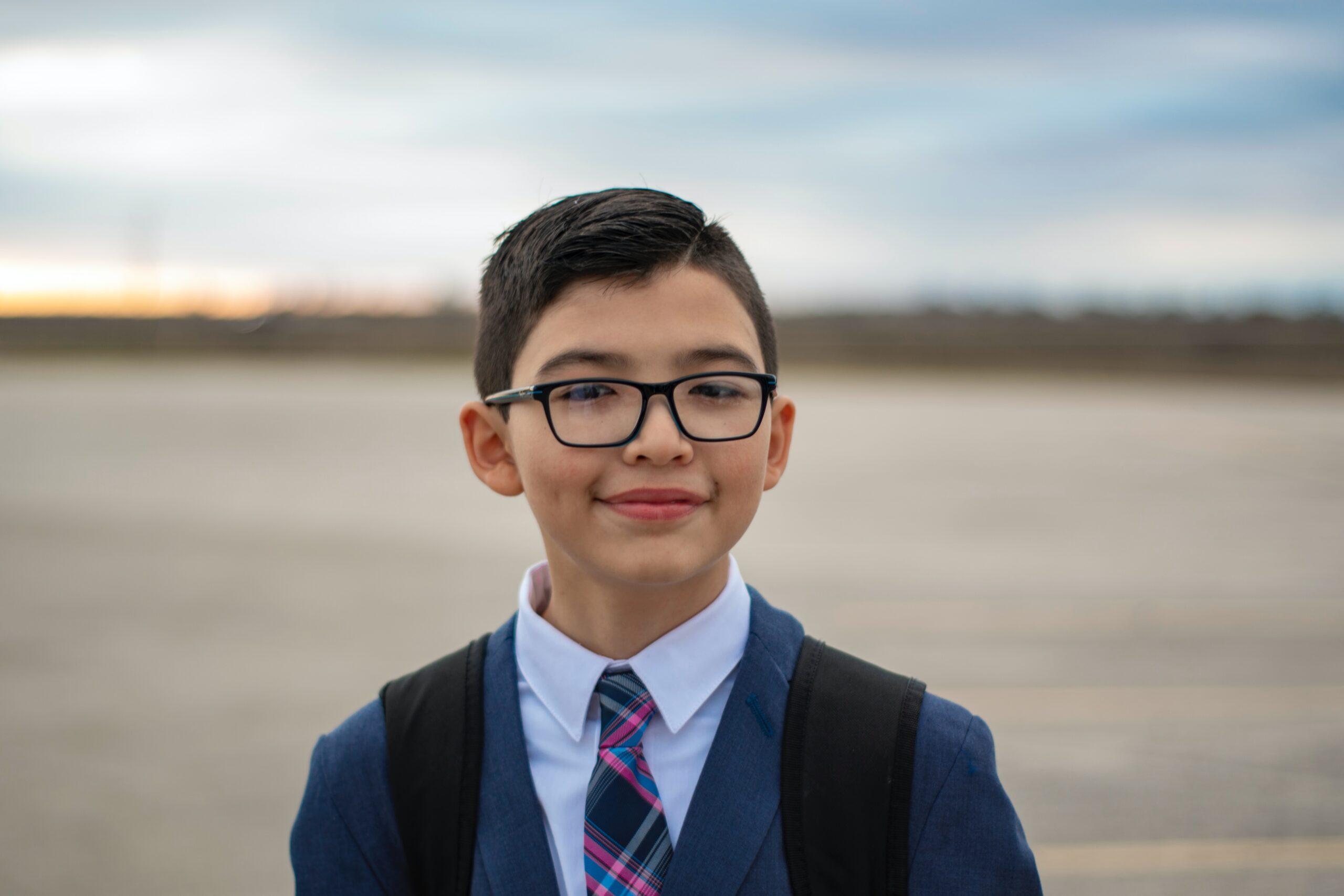Parents take strides to teach their children not to talk with their mouths full. But, what’s the right stance to take regarding babies talking with their hands?
It’s a common misconception that introducing sign language during infancy delays the onset of speech. In reality, focusing on language development before children are verbal enhances speech, vocabulary and overall communication.
In 1989, researchers at the University of California and California State began a longitudinal study funded by the National Institutes of Health. The goal was to determine whether actively encouraging babies to use manual communication, such as sign language, would have an effect on subsequent language and cognitive development. The authors of the study found that by 24 months of age, the group of children signing had a receptive and expressive advantage over the group of non-signing children. By the age of 8, the children followed were retested and those in the signing group scored, on average, 12 points higher than the non-signing group on IQ tests.
Though some people remain skeptical or critical of the value of signing for a baby, scientific data has clearly demonstrated that sign language has a positive effect on language acquisition and overall intelligence.
Will sign language aid your child in gaining acceptance to Harvard or winning the Nobel Prize in linguistics? Who knows? However, we do know that expressive language at an early age largely motivates toddlers to progress from the manual communication of sign language to the acquisition of speech used around them.
Sign language also allows toddlers to interact with the deaf community. And by incorporating American Sign Language (ASL) in your child’s life, you set up the foundation for second language learning. ASL is a true language with its own words, phrases and syntax. It is the third most used language in the United States, following English and Spanish. ASL is also offered and accepted in many schools and universities to fulfill the foreign language requirement.
Dr. Marilyn Daniels, author of Dancing with Words: Signing for Hearing Children’s Literacy (Bergin & Garvey), is a speech language pathologist and professor of communications at Pennsylvania State University. She is additionally the most prolific researcher in the area of teaching sign language to children in preschool through 6th grade. Daniels agrees that introducing ASL to young children gives them a head start on bilingual education and benefits their reading skill development. Daniels states that learning ASL furthers brain development in hearing babies, as spoken languages are stored in the left brain while sign language utilizes both hemispheres.
During his work as an interpreter, Dr. Joseph Garcia found that the hearing children of his deaf friends and clients were able to fully communicate through ASL at a much younger age than the children of his hearing friends could communicate through speech. In 1986, Garcia’s thesis focused on early childhood language acquisition and how sign language influences the process. Garcia’s Sign with Your Baby program, developed from his previous research, is widely utilized throughout the United States and Britain.
As early as the 1800s, educators working with hearing children who had deaf siblings found they often developed superior skills in reading, spelling and writing due to exposure to sign language at home. When the teachers incorporated signs in the classroom, the students appeared more engaged in the learning process.
Music teachers further noticed that children had better focus during class and retention of song lyrics if the teacher was signing while singing. Contemporary children’s classes like sign language and music programs teach parents and their young children American Sign Language through songs and musical play. Babies naturally attempt to communicate via melodic vocalizations, gestures and facial expressions. What better way to tap into this vast potential than by exposing little ones to sign language and songs?
To Sign Or Not To Sign…
Research and experience has demonstrated that there is no downside to learning sign language. Whether your child develops a working knowledge of American Sign Language, uses a few signs or simply watches your hands, the emphasis on communication and language provides lasting benefits— as well as unique parent-child bonding sessions.




